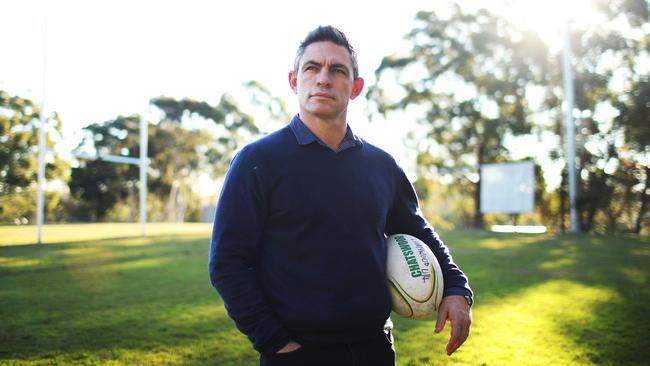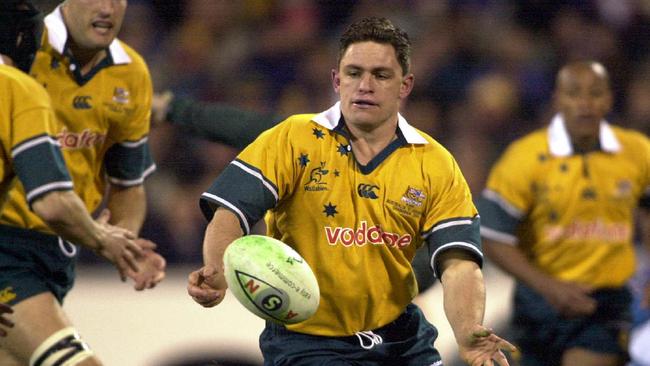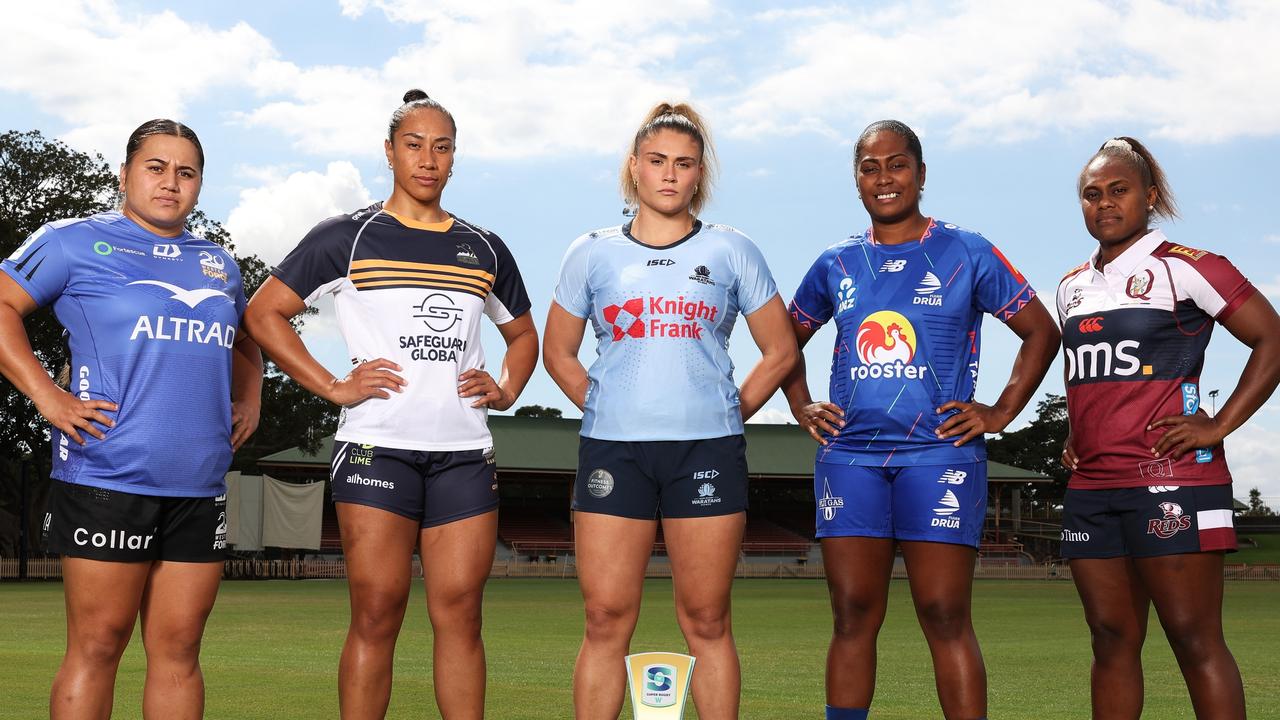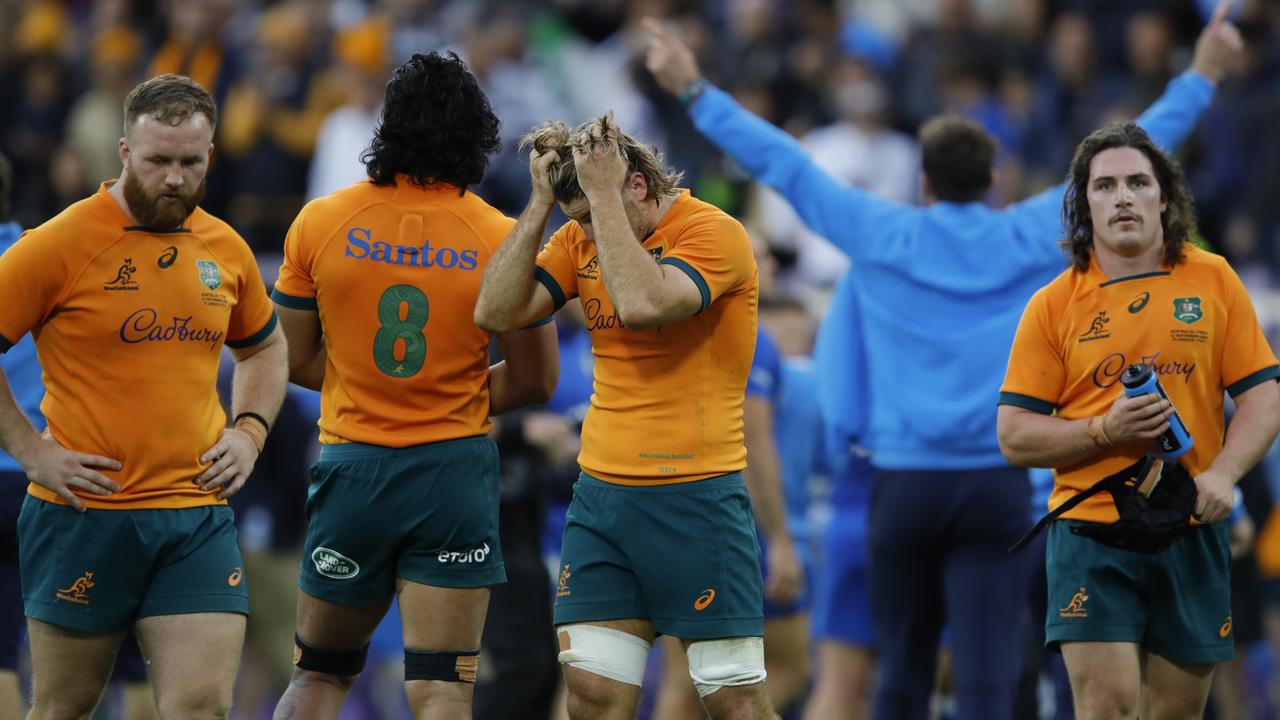Kafer’s summit to design Australia’s player of the future
The greatest names in rugby coaching will hold an historic summit, organised by former Wallaby Rod Kafer, to help save the code.

The greatest names in Australian rugby coaching, including current and former Wallabies coaches as well as all the Super Rugby mentors, will hold a summit meeting in Sydney on June 20 to design what Rod Kafer is calling The Player of the Future.
The summit, which has been months in the planning, was proposed by the National Coaching Advisory Panel, of which Kafer is head. It will address what many believe has been the fundamental failure of Australian rugby to identify not only what skills need to be mastered at all levels but to identify how they be implemented at all levels of the game, 15-a-side and sevens, men and women.
Never before has there been such a gathering of great coaching minds held in this country and certainly the intention is to deliver a blueprint that will hopefully ignite Australian rugby.
A secondary, wider summit will be staged on July 2-3, also in Sydney to look at how these lessons can be embedded into the broader rugby community.
“How do we bring everyone into the tent and give them the skills to deliver this nationally?” Kafer asked. “What does the Player of the Future need to look like? To me, it’s a player who has got all the skills to play any game at any time.”
In his role as a Fox Sports analyst, Kafer recently provided an example of what he was seeking when he showed footage of the lead-up to winger Cam Clark’s try against the Crusaders 10 days ago.
It began with Wallabies lock Rob Simmons catching a ball midfield at full stretch and then, without breaking stride, delivering a perfect, flat pass, left to right, in front of another Waratahs forward who did likewise to another forward. The ball travelled, without any stutters, through several pairs of hands, with every player staying square to keep the defence interested, before finally Clark was served up a pass with a clear run to the tryline. “A few years ago we just wouldn’t have seen that in Australia,” he said.
Kafer would not nominate the invitees to the initial summit but they will include the members of the National Coaching Advisory Panel, long-time national coaching director Dick Marks and Australia’s two World Cup-winning coaches Bob Dwyer and Rod Macqueen. It would be expected that Grand Slam-winning coach Alan Jones would be invited, so too 2007 World Cup coach John Connolly, Michael Cheika and his full array of coaching assistants and the Super Rugby bosses, Daryl Gibson (Waratahs), Brad Thorn (Reds), Dave Wessels (Rebels) and Dan McKellar (Brumbies). Certainly in the current climate, the Western Force coach Tim Sampson should also be invited.

The wider summit would presumably rely heavily on Cameron Tradell, Rugby Australia’s head of participation growth and coaching, and Michael Magriplis, the national coach development manager. Both of these people would be tasked with delivering the programs to all levels of the game, from community rugby all the way up to the high performance tier.
While other countries, most notably New Zealand, have held summits at crisis periods — the Kiwis convened theirs in the aftermath of the All Blacks being eliminated from the quarter-finals of the 2007 World Cup — they have always conducted them on a whole-of-rugby basis. But it appears Australia are breaking new ground by restricting input just to coaches, indeed high level coaches.
The intent is not to lay down rules on how to clean out a ruck or set up a lineout.
“That is really fraught with danger,” Kafer said. “If I said to any rugby luminary anywhere in the world, do you want you players to pass well? Of course they do. Do you want them to be able to tackle well? Of course they do. Good contact skills … we can name the things we want them to be good at. So let’s focus on the skills so that we can play any game at any time. So that whatever a coach wants to do, put his own “secret sauce around it”, he’s got options to do that.”





